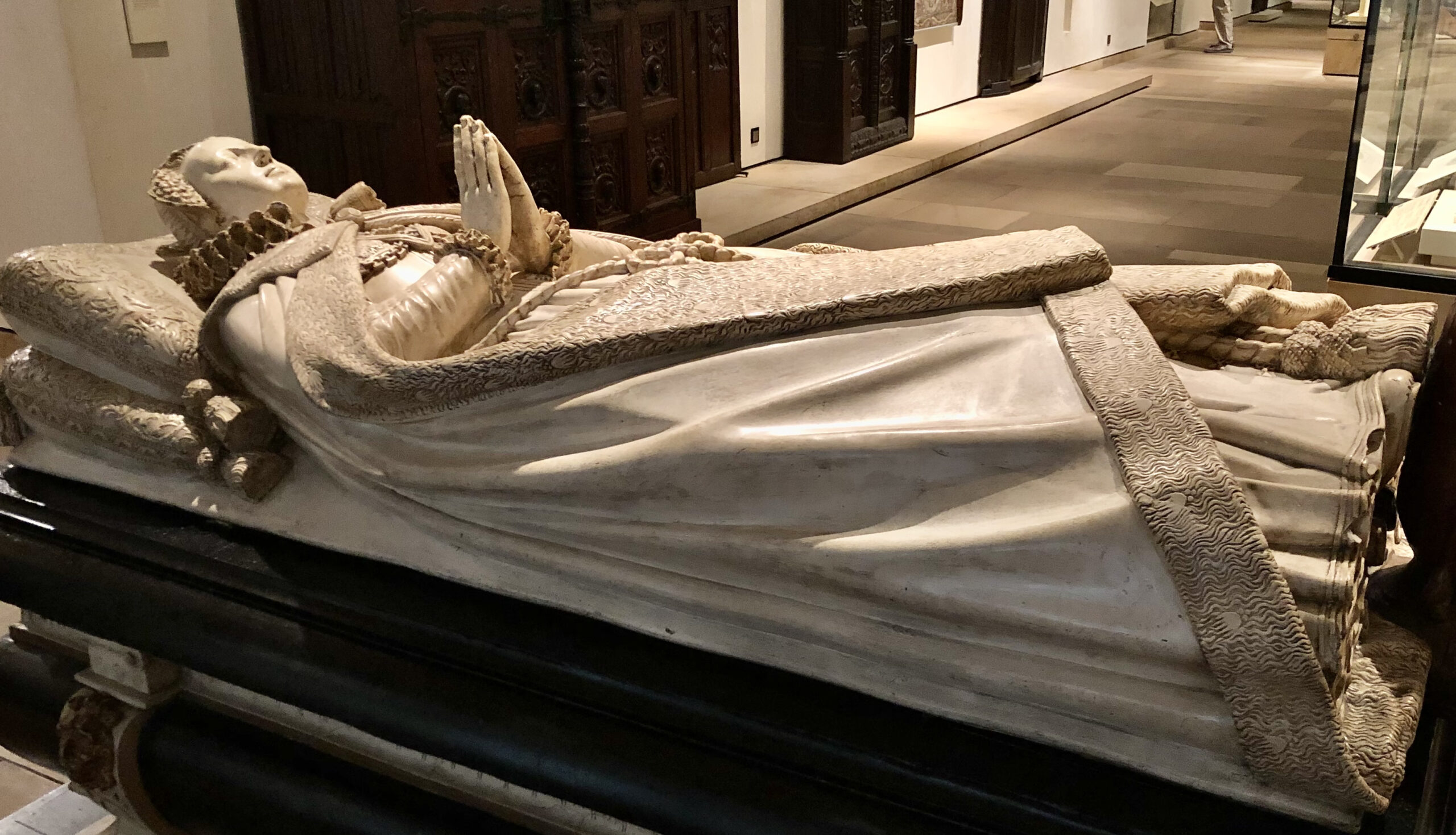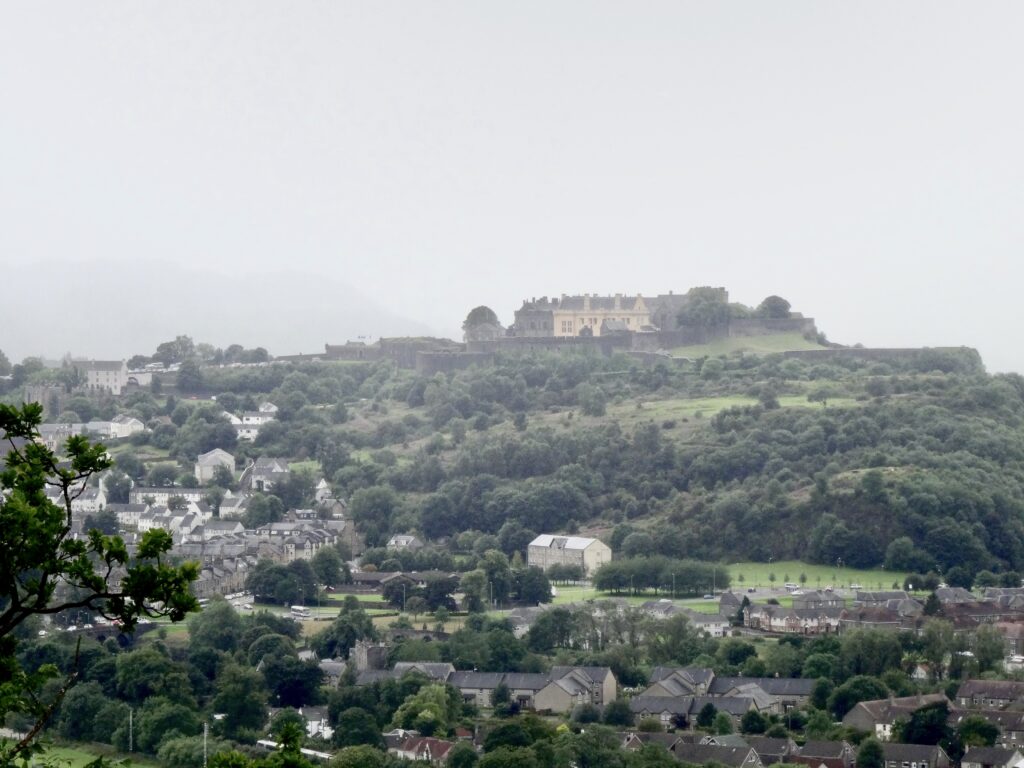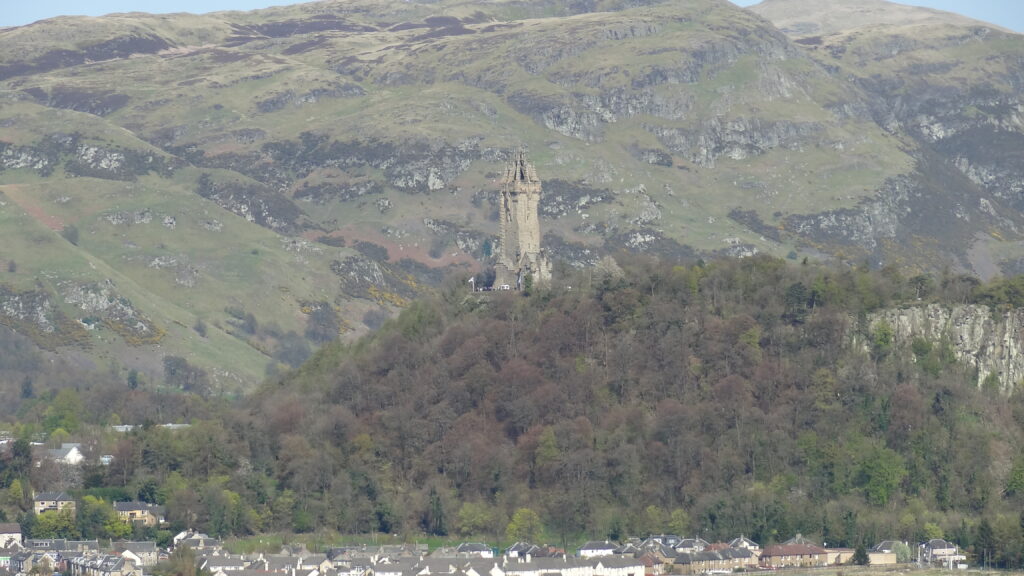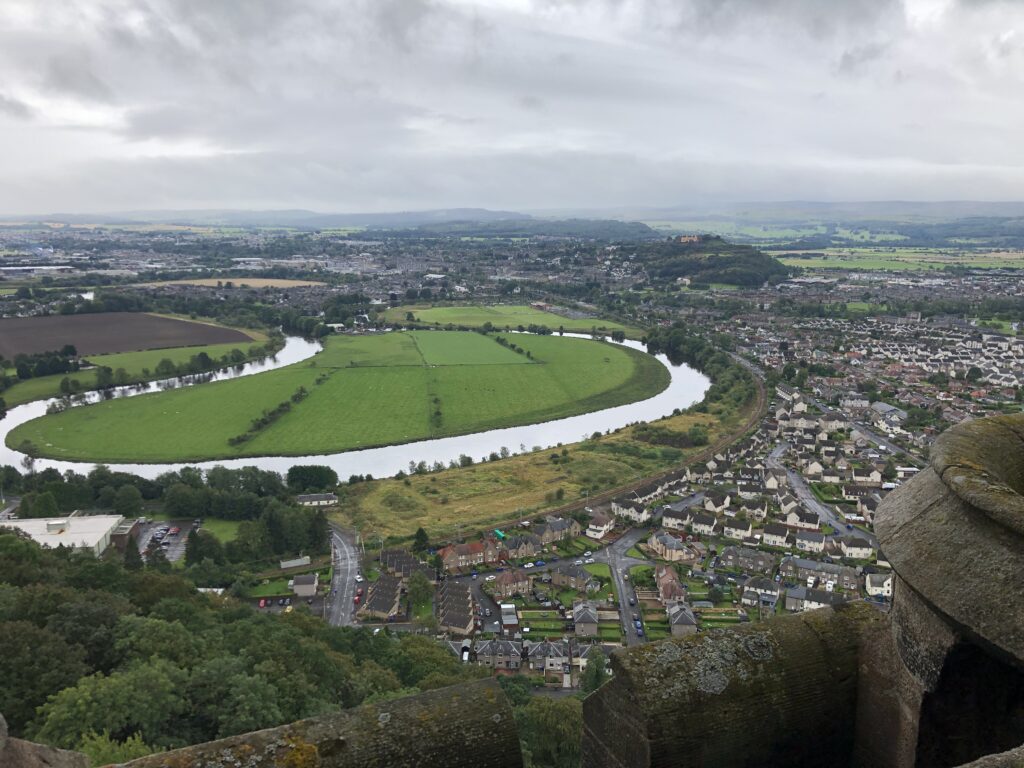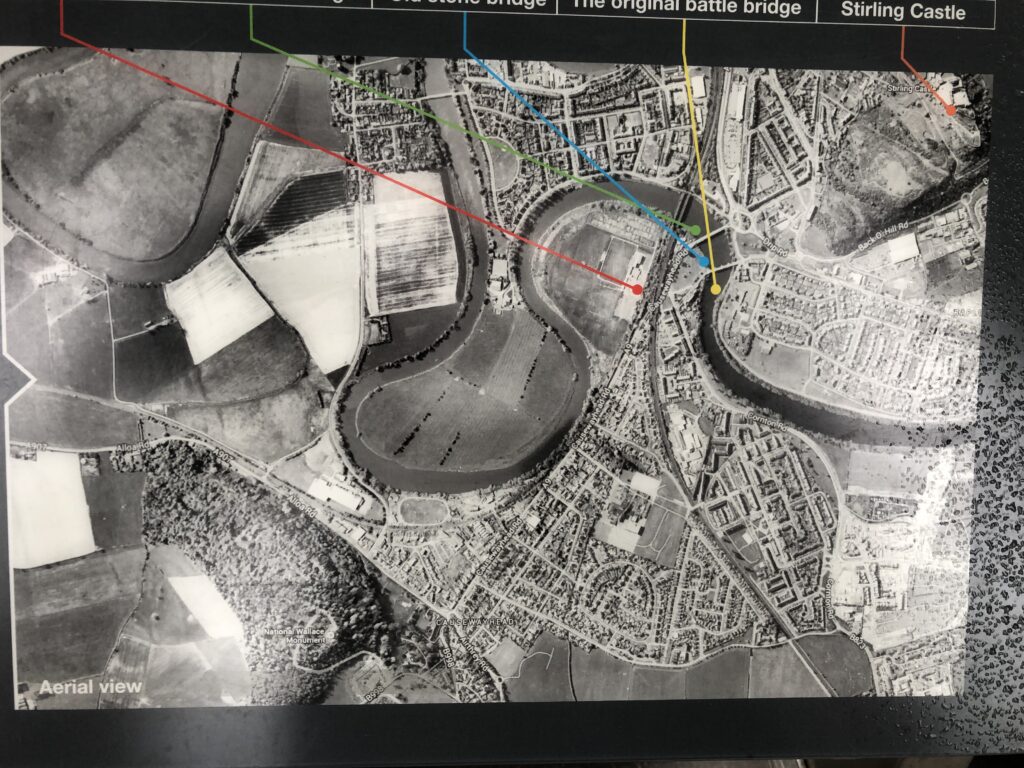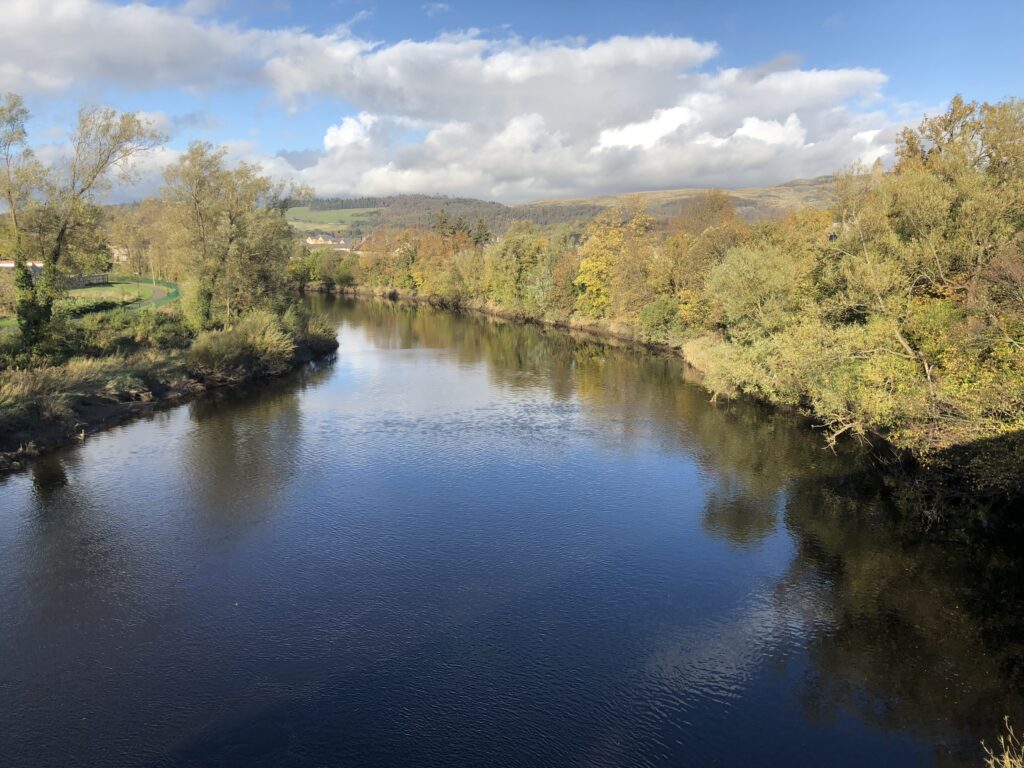MARY, QUEEN OF SCOTS – HEROINE OR VICTIM?
The 8th February 1587 will go down in history as the day that Mary Queen of Scots became one of Scotland’s most iconic historical figures. It was on this date that Mary Queen of Scots was executed under the instruction of her cousin Queen Elizabeth I of England. Her execution was inevitable after spending 19 years as a prisoner of Queen Elizabeth.
Mary’s entire life involved political intrigue, a long standing dispute between two monarchies, failed romances and religious turmoil. All of these and more would effectively lead her on the path to her eventual death.
THE EARLY YEARS
Mary was born on 8th December 1542, and was anointed Mary, Queen of Scots 6 days later after the death of her father King James V. She was born at Linlithgow Palace, a favourite palace of the royal family and their court.
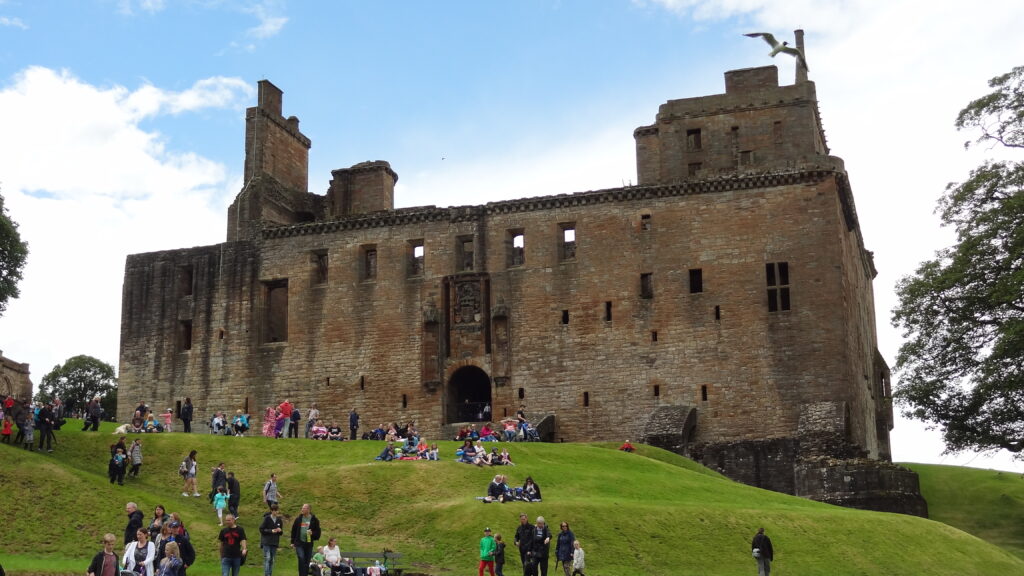
At this time Scotland had suffered a serious defeat at the Battle of Solway Moss and James had taken it badly. So much so, that he was confined to his bed. However, he awaited the news that his wife would give birth to a son to carry on his dynasty. When he learnt that he was the father of a daughter, Mary, it is claimed that this finally finished him off.
He is alleged to have said in his final hours,
“It came wi’ a lass, it’ll gang wi’ a lass”.
This implied that it ‘began with a girl and it will end with a girl’. He clearly didn’t have high hopes that there would be any longevity in Mary’s reign or indeed his dynasty.
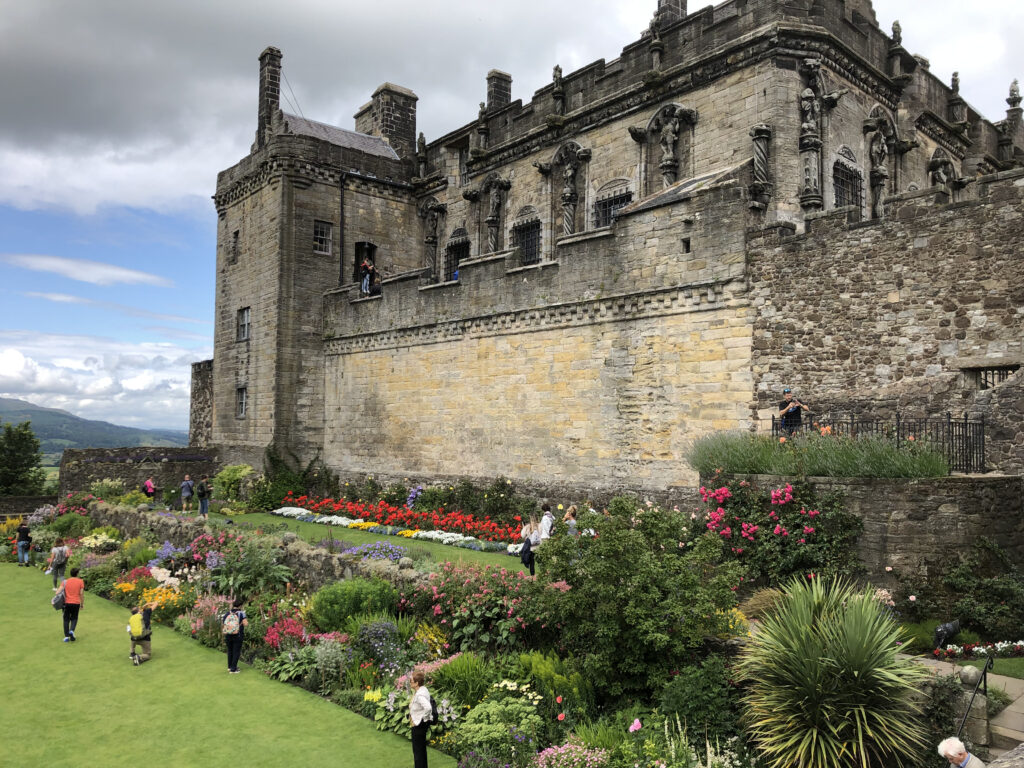
Mary would be crowned the following year at the age of 6 months in Stirling Castle. Until she reached adulthood, Scotland would be ruled by a regent. Already the first political and religious battle took place between the Catholic Cardinal Beaton and the Protestant Earl of Arran. The Earl succeeded in becoming regent.
Alongside this internal conflict was pressure from the English King Henry VIII to have Mary Queen of Scots married off to his son Edward. This would further cement his plan to unite England and Scotland and increase his empire and power.
This did not go down too well with many of the Catholic Scots nobles. The Protestant faction, however, saw its value. Ultimately, King Henry II of France proposed a marriage between Mary and his son Francis. And so in 1548, Mary sailed for France where should would spend her formative years.
LIFE IN FRANCE AND HER RETURN TO SCOTLAND
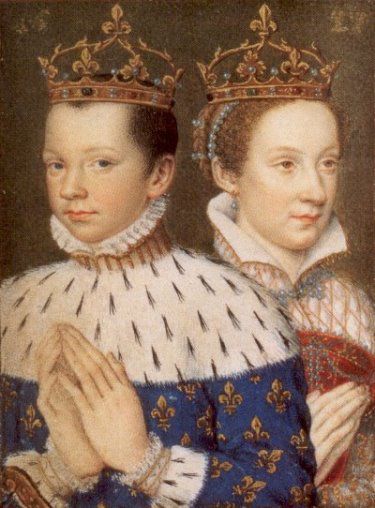
Mary spent a very happy upbringing in France, surrounded by her closest friends, the Four Maries. She was brought up as a devout Catholic and betrothed to be married to Francis. They eventually married and became King and Queen of France in 1559 after the unexpected death of Henry II.
The marriage would only last a year as Francis died from illness. Without a role, and because of her mother, Mary de Guise’s death, Mary had little choice but to return to Scotland. It was not the same Scotland that she had left – as she was to find out.
Returning to Scotland in the August of 1561, on the one hand she was welcomed by her subjugated Catholic subjects. On the other hand because of the Protestant Reformation she was viewed with suspicion by the Protestants. But Mary, as Queen of all Scots, advocated tolerance of both religious beliefs. She would practice her Catholic religion privately at Holyrood. Meanwhile all of Scotland would follow the Presbyterian Protestant faith under the leadership of John Knox.
This religious conflict would be the first of her many problems to come.

Her next challenge was to find a suitable husband in order to secure her dynasty. She married her cousin Lord Darnley, also Catholic, in 1565 at Holyrood Palace. In the meantime, the English Queen Elizabeth saw this marriage as a threat to the English throne as both Mary and Darnley through their lineage had a direct claim to the English throne.
Mary quickly fell pregnant and was due to give birth in the middle of 1566. Darnley, in the meantime had become jealous of Mary’s close relationship with her private secretary, David Rizzio. Darnley’s supporters murdered him in cold blood in front of the Queen.
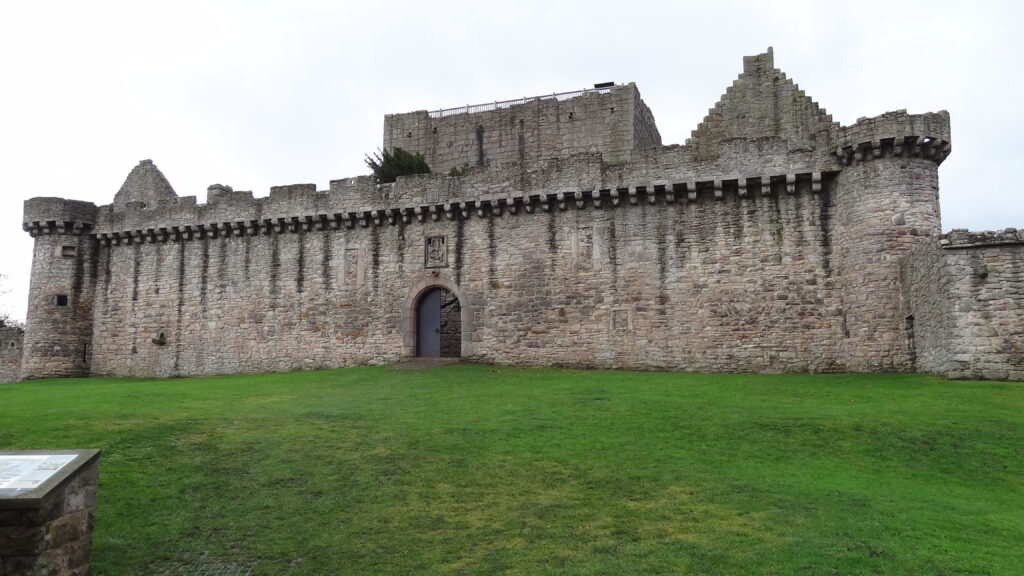
In June 1566 Mary gave birth to her son at Edinburgh Castle. Mary retired to Craigmillar Castle just outside Edinburgh due to illness in the November of the same year. However, it is claimed that this was an opportunity for Mary and her supporters to conceive a plan to get rid of Darnley. Accounts would later suggest that Mary was not a party to this.
In any case, the following year Darnley was killed in a botched explosion at the Kirk o’ Field believed to have been orchestrated by Lord Bothwell. Bothwell who was still married at this point, had his own plans to force Mary to marry him.
In the May of 1567, Mary was abducted by Bothwell and it is suggested that he may have raped her. Shortly after, having been kept at Dunbar Castle for a period, Bothwell and Mary returned to Holyrood Palace where they were married under a Protestant service. He thought that this would satisfy the Protestant nobles but they too turned against them. So not only did the Catholics think that the marriage was unlawful but there was also a serious Protestant backlash.
Following a potential battle between Mary’s supporters and the Protestant Lords at Carberry Hill, Mary finally surrendered and was imprisoned at Loch Leven Castle.
THE LATTER YEARS
After one last attempt to reclaim her throne and take control of Scotland, Mary was defeated at the Battle of Langside. She retreated to England and sought the protection of her cousin Queen Elizabeth I. Sadly her hopes were dashed and she was housed in a ‘place of safety’ at Bolton Castle.
Two years later Mary was moved to Tutbury Castle where she was effectively now under house arrest. The political wheels were now set in motion that would effectively seal her fate. English nobles cajoled and debated with Queen Elizabeth I that her cousin was a threat to her monarchy. But without evidence, she was not prepared to seal her death warrant as she was still Queen of a sovereign nation.
THE CASKET LETTERS
There are numerous accounts that these letters show that Mary was involved in the planning of Darnley’s death, and that she also laid claim to the English throne. Lady Antonia Fraser, acclaimed biographer of Mary, came to the conclusion that the letters were forgeries. The French language and grammar used in them were so poorly written that they could not have been written by someone of Mary’s upbringing.
But they were to be used against her in her trial. Although she was imprisoned for almost twenty years, everything came to a rapid conclusion over a period of a few months thanks to these letters. From being found guilty of treason in the October of 1586, finally on 7th February 1587 Queen Elizabeth I signed her death warrant. She would be executed the following day.

Mary Queen of Scots remained calm and noble to the end. Her final words were,
“Into thy hands, O Lord, I commend my spirit”.
CONCLUSION
Mary’s reign may be described by some as disastrous. However, she was a skillful monarch, and was in fact politically astute. It was the timing of her reign that was to be her undoing. The rise of Protestantism would conspire against her Catholic beliefs which she never rejected. She was a tolerant woman who wanted her divided nation to live in peace alongside one another.

She was living in an era when it would be difficult for any woman to rule over an otherwise patriarchal society. She saw off many claimants to her throne.
Probably her greatest failing was her taste in men. Darnley played his own game but she remained steadfastly against his intentions to be become King of Scotland in his own right. Bothwell was a Machievellan “streetfighter” who used brute force to attempt to dominate her.
If religion, politics and society had been any different in her day, it is quite possible that she would have been not only Mary Queen of Scots but also of France and England.
She did leave one very important legacy. With the birth of her son James, the Stuart dynasty eventually united the two countries of England and Scotland on the death of Queen Elizabeth I. The Union of the Crowns would be followed just over one hundred years later by The Treaty of Union when Scotland and England formed one United Kingdom.
Some would say that this was a disaster for Scotland or its saviour. But that is a discussion for another time.
If you want to learn more about Mary Queen of Scots, we can highly recommend her biography Mary Queen of Scots by Antonia Fraser. Equally, there are movie versions of her life which provide an overview. Mary Queen of Scots (1971) starring Vanessa Redgrave and Glenda Jackson is an entertaining romp through her life. However, the more gritty Mary Queen of Scots (2018) starring Saoirse Ronan and Margot Robbie provides an unglossed version of events.
And remember Edinburgh Cab Tours provide a variety of tours that can incorporate visits to iconic locations with close links to Mary Queen of Scots. Check our TOURS page or ask us to build your own bespoke and customised tour.

